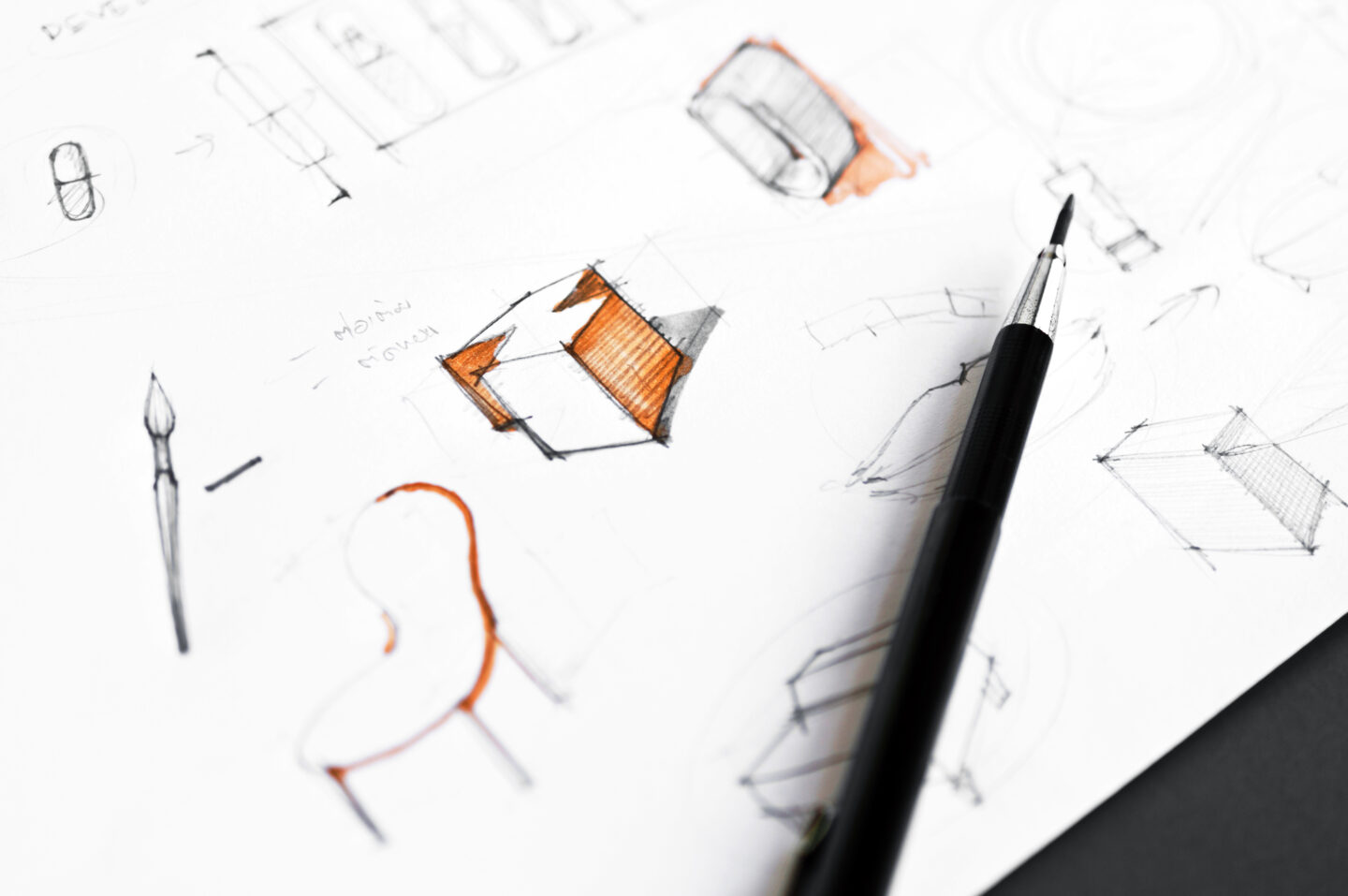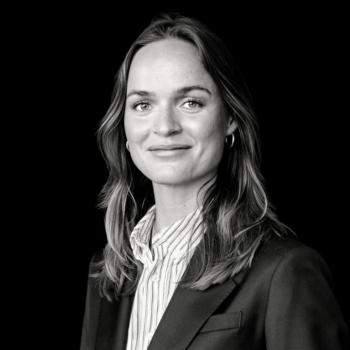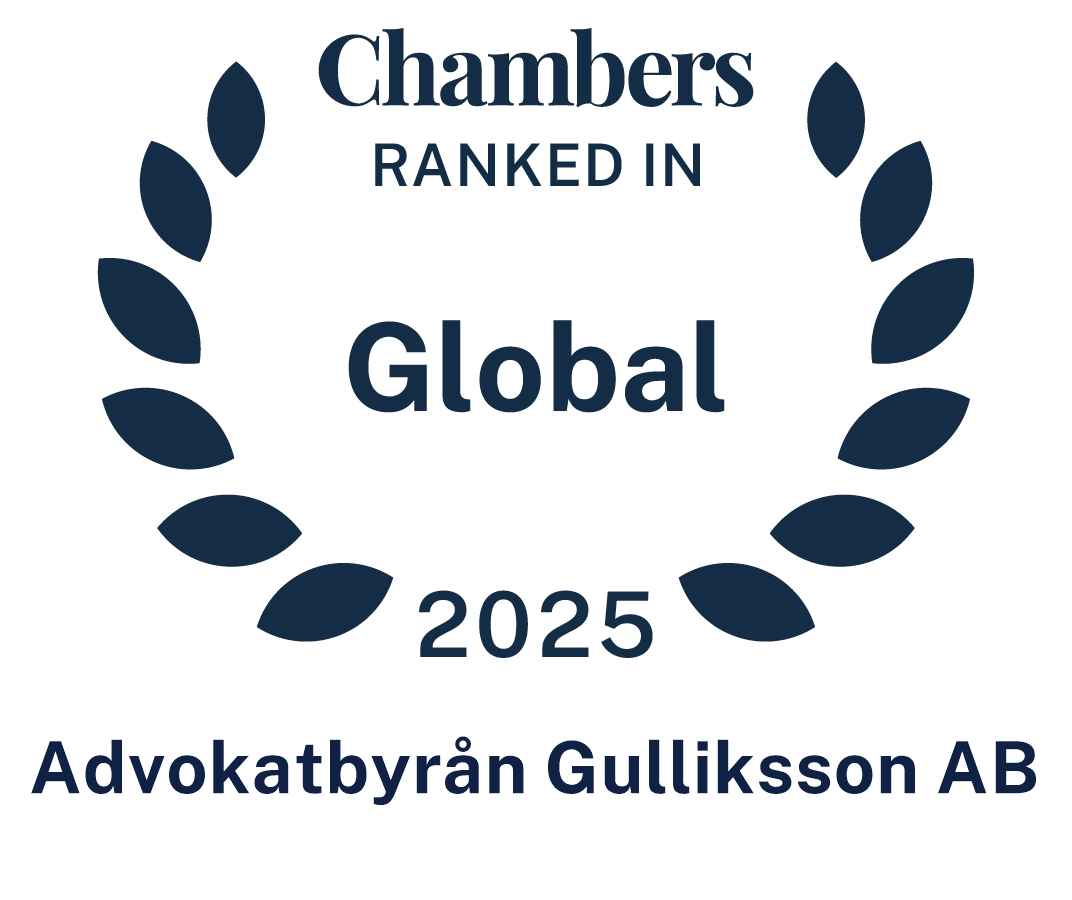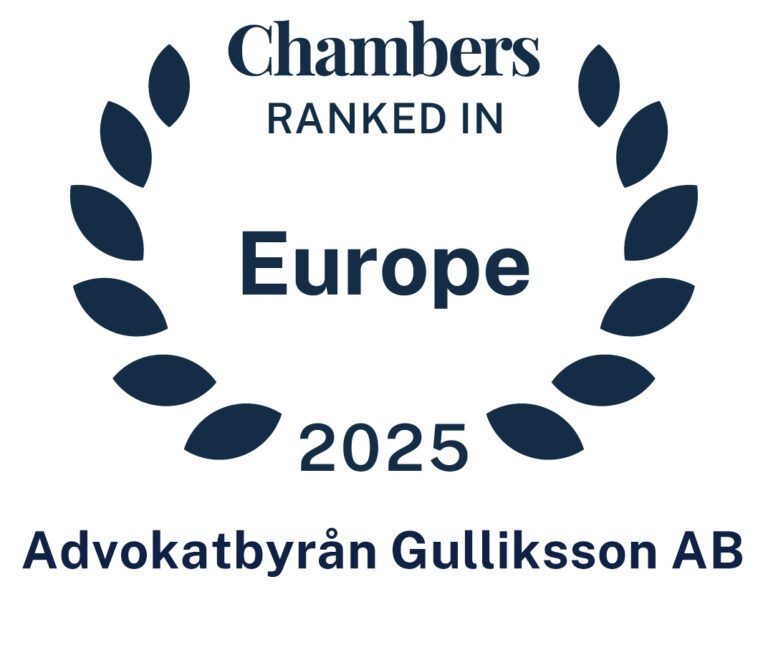On May 1, 2025, a comprehensive change to design protection will come into force when the EU’s reform package for design protection legislation enters its first phase. With this package, the EU is modernizing legislation and making design rights more accessible, simplified, and attractive than before.
The regulation means that the application procedure and administrative arrangements will undergo several changes. Among other things, the possibilities for reproducing the design in an application for protection will be changed. The reproduction of the design may be static, dynamic, or animated and must be carried out in an appropriate manner using generally available technology, including drawings, photographs, videos, computer images, or computer modeling. The practical implications of the change will become clear over time, and the exact way in which the flexible representation methods will be handled by the authority will need to be further regulated through guidelines from the Commission. However, some of the results can already be anticipated, and below are a couple of the benefits that can be expected.
The application procedure is being modernized
- Better representation of certain designs: Dynamic or animated designs, such as graphical user interfaces or designs where movement is part of the appearance, can now be represented more accurately, which makes things easier for applicants.
- Technical requirements: New requirements are being imposed on registration authorities to be able to handle these different formats, which is reflected in the fact that the authorities must cooperate to establish common standards for representation.
- Requirements for clarity: Regardless of format, the representation must be sufficiently clear to enable the subject matter of the protection to be determined.
Extended scope of protection
The flexible methods of representation extend and clarify the scope of protection for designs in several ways. This is mainly achieved by adapting the legislation to technological developments and modern types of design, such as the following.
- Graphical user interfaces: Graphical user interfaces are now explicitly mentioned in the definition of “product.” The possibility of dynamic or animated representation is central to showing how a graphical user interface works or looks in different states.
- Designs involving movement or animation: Protection now covers designs applied to or embodied in objects intended for movement, such as animations.
- Virtual designs: Non-physical designs such as representations via computer graphics or modeling are more suitable for protection under the new legislation.
- Spatial arrangements: Arrangements of objects intended to constitute an interior or exterior environment.
In summary, the flexible representation methods allow for better representation of designs that are dynamic, animated, or digital in nature. The flexible means of representation therefore do not extend the scope of protection in a legal sense, but provide the necessary tools to ensure that the modernized and broadened scope of protection, in its dynamic and digital aspects, can be fully exploited by applicants and administered by the authorities. Don’t hesitate to contact us at Gulliksson if you have any questions or need assistance or advice on design protection!
Gulliksson celebrates its 50th anniversary
Take part in glimpses and highlights from our journey from the start in 1975 to today!







